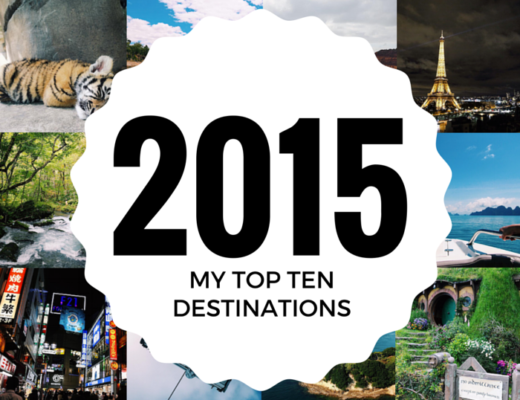Near the town of Corella, in the Philippines island of Bohol, there is a large forest dedicated to the protection of tarsiers, small nocturnal and endangered primates. Run by the Philippine Tarsier Foundation, this NGO was established in 1996 for their conservation and wildlife protection.
It is the only sanctuary in the country, and serves as a venue for tourists to witness the tarsiers in their natural habitat. It is a place for people to learn about tarsiers as well as providing an opportunity for people to join in on protecting and saving the species in whatever way they can.
At the sanctuary you can find the Carlito Tarsier – this species is only found in the Southern Islands of the Philippines. The sanctuary spans a total of 10 hectares, but visitors are only guided through one hectare. Despite Tarsiers generally needing one hectare of territorial space, over 100 live within the immediate vicinity – but only 8 are available for viewing. The tarsiers are free to leave the sanctuary – the staff simply monitor the population, treat and feed them.
? What are tarsiers?
Tarsiers are very small peculiar animals that are closely related to Lemurs and Slow Loris’. They are one of the smallest known primates, with their babies being about the size of a human thumb, and adults about the size of a fist. The tom-thumb of monkeys, they are the oldest surviving member of the primate group at 45 million years old, but now they face extinction. Their main threats are habitat destruction, predation (introduced species), hunting and the pet trade.
Tarsiers are emotionally sensitive creatures, they get stressed and suicidal easily so maintaining their population is significantly difficult. They do not do well in captivity, and it almost always leads to the death of the animal. The primates bang the soft top of their head against walls which leads to a slow painful death after a few days. It is rumoured that they also commit suicide after a human has touched them, but this is not true.


? Some facts about Tarsiers;
- They are the only entirely carnivorous primate – they like to eat their food alive.
- They will not drink from any container, only natural sources like dew or rain
- October – March is mating season, but they can only carry one baby a year
- Their lifespan in the wild is 20-25 years
- There is an opinion that Tarsiers were the inspiration for Master Yoda
- One Tarsier eyeball is larger than their brain – they do not have peripheral vision, so they can turn their heads about 180 degrees around like an owl
- They are nocturnal animals so they have excellent night vision
- Despite their size, they are known to travel up to 1-2km per night for food
- Their tarsel bone is elongated so they can jump up to 5 metres in distance – this is where the name comes from. Their movements are like frogs, but they hardly make any noise.
- They only make noise in emergency situations like when they feel a predator is near or they are looking for their babies. This noise is a shrill and sharp whistle.
- As their main predators are cats and snakes, thick foliage is necessary to survive. They avoid predators by staying in the higher parts of trees, but when they come to the ground they hide in the hollows of trees and attempt to camouflage
? The experience;
Upon arrival at the Sanctuary you’re straight away welcomed with signs saying to speak softly. The Tarsiers comfort is carefully safeguarded so visitors are firstly briefed on how to behave during the experience.
The complex comprises of a;
- Reception
- Exhibition area
- Small cafeteria
- Toilets
- Research centre (equipped with a laboratory and veterinary clinic)
In the early morning the staff explore the sanctuary to locate some of the Tarsiers, so upon arrival you’re generally guaranteed a sighting as they don’t move much during the day.
Open between 9am-4pm, guests are first taken through a small exhibition area filled with information about the Tarsiers and the role and impact of the sanctuary – this is also the exit so you can take a look afterwards if you prefer. The staff then take you through a short guided and marked jungle trail where you can see the Tarsiers up close and personal.
View this post on Instagram
? Rules and need-to-knows;
- You must respect your volume level, keep to a whisper
- No flash photography
- No touching the primates
THATraveller visited Bohol thanks to the Tourism Authority of Thailand and Philippine Airlines. My opinion is my own.





No Comments